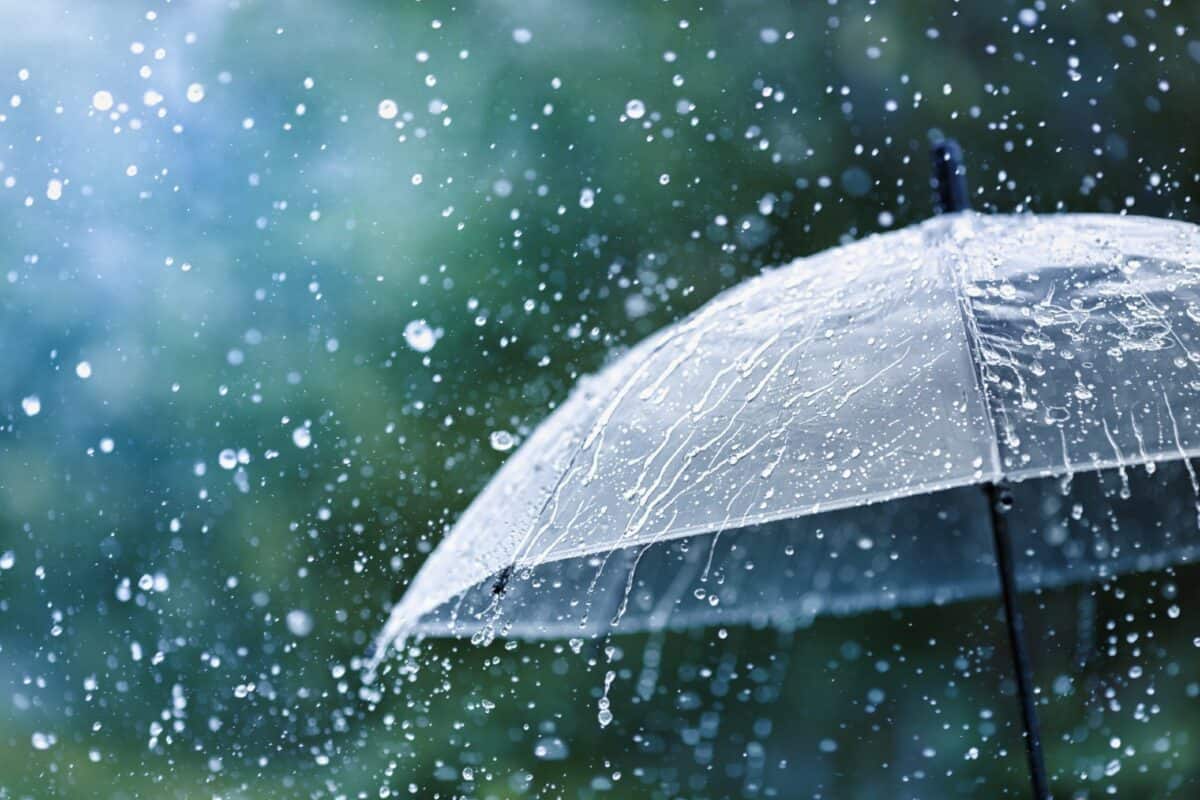The island of Vis is an outlier on the Dalmatian coast, adrift beyond most of the archipelago. Barely 16km long, it is the kind of Mediterranean island we dream about, with just enough visitors to allow for some good restaurants and a place to rent a scooter to reach the more remote beaches. They filmed Mamma Mia 2 on Vis; apparently the island is more romantic, picturesque and prone to outbreaks of synchronised dancing than anywhere in Greece, where it was set.
At the entrance to Vis harbour is another smaller island, Host, only a few hundred metres long. No one lives here. Most of the island is wooded: tangled spruce trees evoke a fairy-tale forest. At the eastern end of the island, above shelving rocks and surging waves, is its single building — a lighthouse. For three days in the lighthouse, we were Host’s only residents.
Lighthouses everywhere are automatic these days, and with no keeper in almost 50 years, the old keeper’s house, with its limestone walls and green shutters, has been transformed into a simple but stylish rental property. It’s far from unique: up and down Croatia’s rocky, island-studded, coast, at least a dozen lighthouses are now available to rent, some in private hands, others still the property of the state-owned operating company, Plovput.
On Host, the design aesthetic is rustic with contemporary touches — traditional tiled and wooden floors, exposed stone walls, painted wardrobes, mid-century chairs and cute windows with views of the sea. There are four en-suite bedrooms; two of them in a loft at the top of a winding staircase. On the flagstone terraces are loungers, a hot tub and a fire pit for barbecues. Paths lead through thickets of Mediterranean herbs to rocks sloping into waters that feel like silk. It took half a day on Host before we realised we weren’t dreaming.

The lighthouse island is named for Sir William Hoste — cartographers seemed to have lost the “e”— a protégé of Nelson’s and a hero of the Napoleonic Wars who spent several years here keeping the French at bay. In 1811, almost within hailing distance of the hot tub, Hoste scattered a much larger French fleet in what has been called “one of the most brilliant naval achievements of the war”. He also oversaw the construction of Fort George III on a headland of Vis.
Hoste called Vis “a wretched place”. We will forgive him. There was no lighthouse, no cosy bedrooms with views of the sea, no hot tub, and swimming was still only something you did when your ship took a French broadside. From his diaries, we learn that the Englishmen turned to cricket to keep their spirits up.

If Host island was our contemplative retreat, the main island of Vis — 10 minutes by motor launch across the harbour — was full of characters and stories. Vis town wraps itself around its quayside with tiers of red-roofed villas and terrace cafés overlooked by the Venetian-style campanile of a Franciscan monastery. Like all this coast, Vis was once part of the Venetian empire.
We took a scooter and followed a string of beaches around Vis’s southern coast. We lunched on fresh fish in a delightful bar in Podšpilje where we were the only foreigners. We rode over the flanks of Mount Hum and down the dizzy switchback road to Komiža, the island’s second town, where 17th-century Venetian villas are flanked by palm trees. Above the town stands a Benedictine monastery fortified in the 18th century as a refuge from pirates. Every year on December 6, they haul a boat to the terrace in front of the church to set it alight, like a pagan sacrifice. The ash is then used to bless Komiža’s fleet of fishing boats.
In the mountains, we found the cave where Tito sheltered during the second world war when Yugoslavia was occupied by the Germans. Tito and his partisans had the Allies’ backing in spite of the mischievous rumour spread by Evelyn Waugh — then a liaison officer — that he was really a woman in disguise. Tucked into a hillside was the yellow house where a representative of the Yugoslav monarchy had signed over power to Tito in 1945. Afterwards the two delegations apparently went skinny dipping in the Blue Cave.


Not far from what was once the Allied airfield, we called in on Oliver Roki, restaurateur, winemaker and cricket enthusiast. He had inherited a passion for the game from his father, who spent some years in Australia. In 2002, he founded the Sir William Hoste Cricket Club, reviving the game on Vis after 200 years.
In this unlikely place, he built a pitch and assembled a local team, many of whom had never played the game before. They are regularly visited by amateur teams from around the world, including a side made up of the descendants of Sir William Hoste. When I asked about their win rate, Oliver smiled and said, “We always try to be good hosts.”
More lighthouse retreats

More than 30 former lighthouse keepers’ cottages are available to rent in England and Wales. Tom Robbins visits one, at the furthest tip of Cornwall’s Roseland peninsula
Back in Vis town, we dined in Konoba Kantun on the harbour front. Late in the evening, as the other tables emptied one by one, we sat chatting with the proprietor, the delightful Ivan Ivičević Bakulić. With its views of the harbour and its courtyards of outlandish vines, the restaurant had been the home of his grandfather. Ivan had always spent his summers here, before tourism, when fishing boats rather than yachts were moored along the quayside. We talked about the old women on the island who acted like a reverse dating agency. The island population is small, and the old women are the repository of its genealogy of interlocking families. They are not much help finding you a date, but they can definitely tell you who you should not be dating.
We talked about wine, which was the main export of the island until the arrival of phylloxera in the late 19th century, which wiped out the vineyards — all over the island you see abandoned terraces — and led to mass emigration to America and Australia. San Pedro in California is said to have 10 times more residents from Komiža than Komiža itself.
Happily, some vineyards have returned. The Bugava grape, which loves the island’s rocky soil, has a long history on Vis; the Greek historian Agatharchides, writing in the 2nd century BC, was probably referring to Bugava when he claimed the wines of Vis had no equal. On the darkening harbour front, among the empty tables, Ivan, our new best friend, kindly opened another bottle that we might explore this idea.

Vis may have been full of happy diversions but the sweetest moments of our stay were the short rides back across the harbour to the solitude of Host. At night, the sweep of the light seemed to beckon us. Climbing the rough steps from the small dock to the old lighthouse felt like homecoming.
Darkness had folded round the island. A half-moon rose over the mountains of the Croatian mainland, known simply here as “the continent”. This is what luxury is, I thought, the chance to closet yourself away from the world, just for a time. Tomorrow, we decided, we wouldn’t leave Host at all. I wanted the ultimate delight — a day doing nothing, except watching the boats come and go, sails tilted to the north-easterly winds, guided by our lighthouse.
Details
Stanley Stewart was a guest of the Croatian National Tourist Board (croatia.hr) and MyLuxoria (myluxoria.com), the tour operator that rents Villa Vis, the lighthouse on Host island, as well as another lighthouse on the island of Brač. Villa Vis has four double bedrooms and costs from €3,500 per week in low season to €8,400 in peak summer season. Speedboat transfers from Vis Island are included and food delivery, a private chef, a masseuse and a guide on Vis can be arranged
Find out about our latest stories first — follow FT Weekend on Instagram and X, and subscribe to our podcast Life & Art wherever you listen
Credit: Source link














